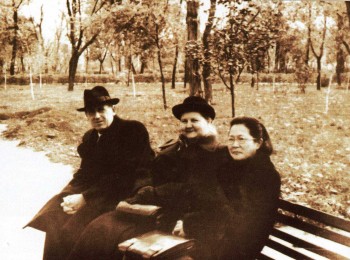
Unknown Correspondence Between The Academician Evgeny Fedorov And Tsou Yi-Hsin
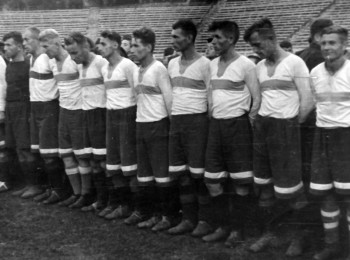
About Soviet Ukraine Athletes in International Competitions in 1920’s

Eastern Christian Churches in Ukraine (1989—2014)

Soviet Ideology in Workers’ Memoirs
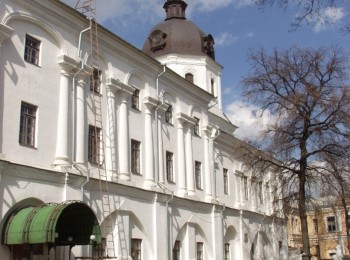
Biblical Studies at the Kyiv Theological Academy
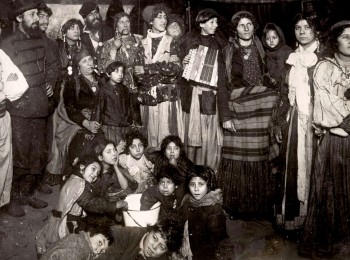
About Roma in Ukraine in 1920-1950th

Dwelling as the life basis of Ukrainians
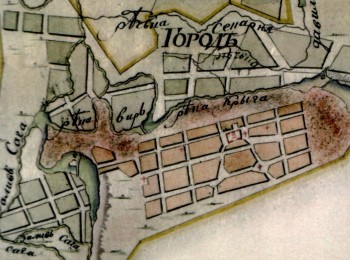
About the Fortress of Belopol’e city
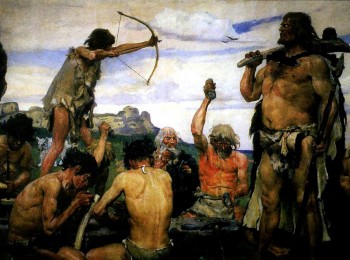
The Settlement Structure in the Upper Paleolithic

About Ottoman Diplomacy of XIX century

Аbout the only gold discovery in ancient Phanagoria

About Yamnaya culture
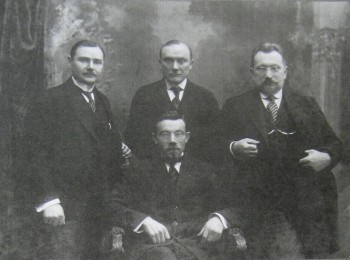
Ukrainian Emigration In South-Eastern Europe
Unknown Russian icons at the Holy Lavra of Saint Sabbas the Sanctified in Palestine
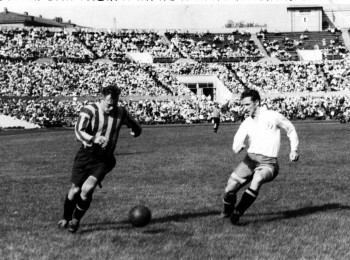
The history of Soviet-Yugoslav football after World War II
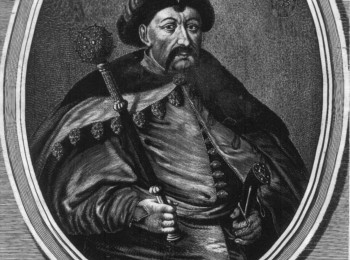
About Bohdan Khmelnytskyi’s Campaigns in Moldova of 1650-1653

The practical application of punishments to civil officials of the Russian Empire
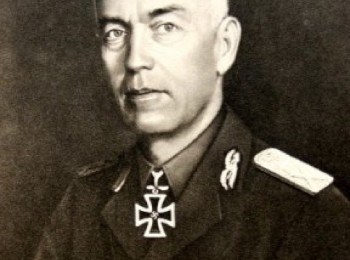
Ion Antonescu’s regime during September 1940 — June 1941
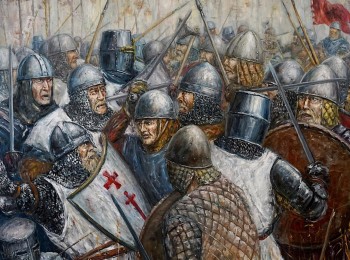
About Eastern expansion of the Hungarian Kingdom in the early 13 th century
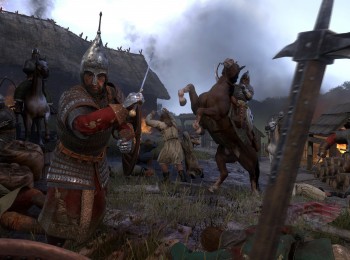
Foreign Sources On Batu’s Military Operations In 1238—1241

About errors in two Old-Russian Apostolos manuscripts: Apostolus Christinopolitanus from the 12th century and Tolstovskiy Apostolus from the 14th century

Pagan Temples and Traditions in the Caucasus
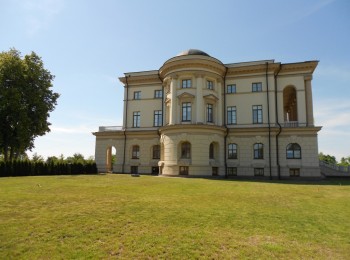
Architecture of Baturyn of XVII Century

Professor of the american university proposed a new conceptual and methodological model for understanding the globalization and orthodoxy of the period of Imperial Russia
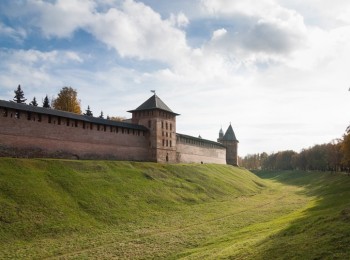
On the social and political evolution of the Veliky Novgorod in Veche period
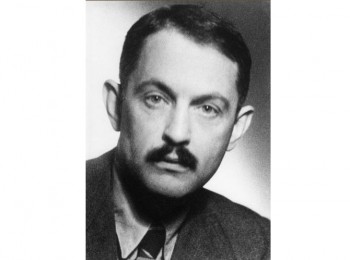
American scientist about the life of one of the greatest thinkers of russian and ukrainian foreign countries — Victor Vladimirovich Leontovich

Rusins in the Moldavian Chronicles
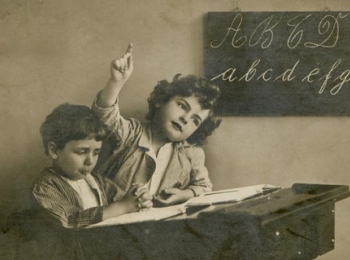
Pedagogical Foundations of Effective Reading Instruction Older Students in Russia in the late XIX — Early XX Centuries
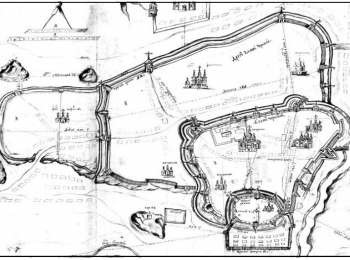
Chernihiv Fortress in the Second Half of the 17th Century

The Destruction of the Christian Historical-Cultural Heritage of the Black Sea Area: Trends and Characteristics (the Late 18th and First Half of the 19th centuries)